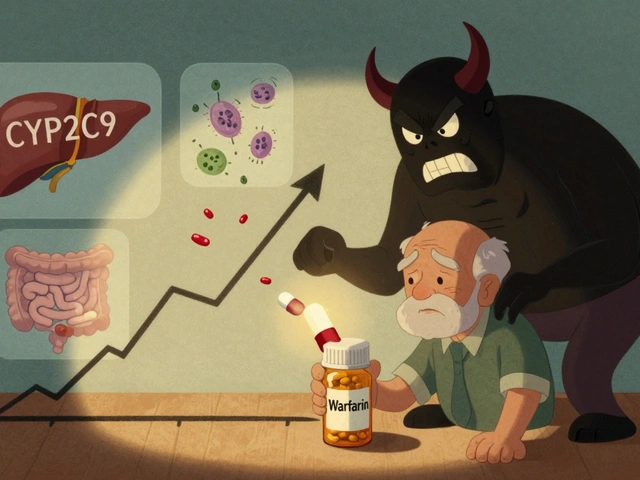Neuropathic Pain: Understanding, Causes, and Management
When dealing with neuropathic pain, pain that stems from injury or disease affecting the nerves. Also known as nerve pain, it often feels like burning, shooting, or tingling sensations that persist long after the initial trigger. Neuropathic pain is a subset of chronic pain, but its origins set it apart from aches caused by muscles or joints. The condition usually involves nerve damage, damage to peripheral or central nervous system fibers that disrupt normal signal transmission, which can be the result of diabetes, shingles, injuries, or chemotherapy. Because the nervous system misfires, standard painkillers often fall short, making accurate identification crucial for effective relief.
Key Aspects of Neuropathic Pain
Diagnosing neuropathic pain starts with a detailed history and physical exam, followed by tests like nerve conduction studies or MRI to pinpoint the damaged pathways. Once the source is confirmed, treatment focuses on two fronts: medication that stabilizes nerve activity and lifestyle adjustments that lessen trigger exposure. The most widely prescribed drugs include anticonvulsants such as gabapentin, a medication that dampens abnormal nerve firing and eases burning sensations and antidepressants like duloxetine, a serotonin‑norepinephrine reuptake inhibitor that modifies pain signaling pathways. Both classes have solid evidence backing their use, but they work best when doses are tailored to the individual’s response and side‑effect profile. In many cases, combining these drugs with physical therapy, proper footwear, or gentle aerobic exercise can improve outcomes by strengthening muscles that support the affected nerves.
Beyond drugs, managing neuropathic pain means addressing the broader context of chronic pain. Patients often benefit from education about triggers—like extreme temperatures or tight clothing—and from techniques such as mindfulness or cognitive‑behavioral therapy that shift the brain’s perception of pain. Simple self‑care steps, like keeping blood glucose under control for diabetic neuropathy or applying top‑up cooling gels for post‑herpetic neuralgia, can make a noticeable difference. As you explore the articles below, you’ll find deeper dives into medication comparisons, practical tips for safe prescription transfers, and guidance on related health concerns such as skin allergies or motion‑sickness remedies. All of these resources tie back to the core goal: giving you a clear roadmap to recognize, assess, and treat neuropathic pain effectively.

Neurontin (Gabapentin) vs Alternatives: Detailed Comparison Guide
A detailed guide comparing Neurontin (gabapentin) with top alternatives, covering mechanisms, side effects, costs, and how to choose the right medication.
Read More




